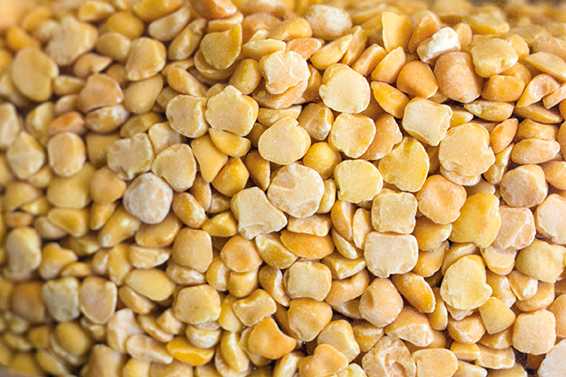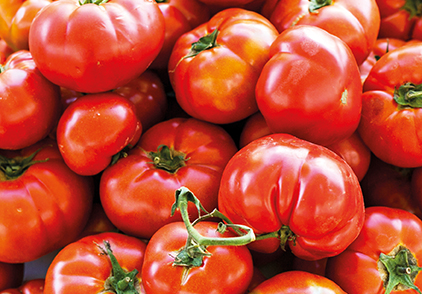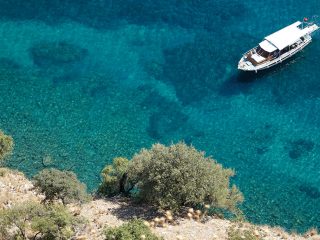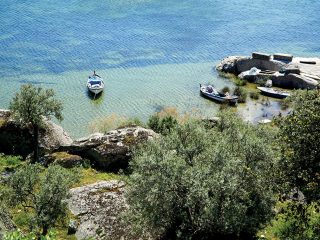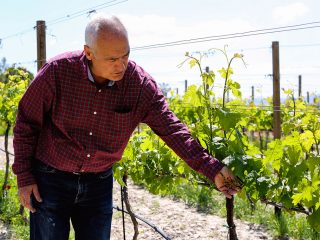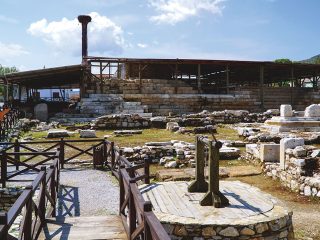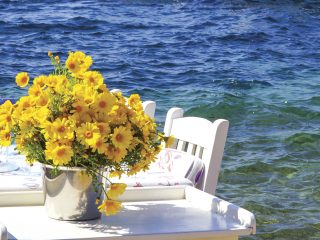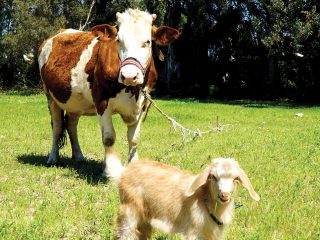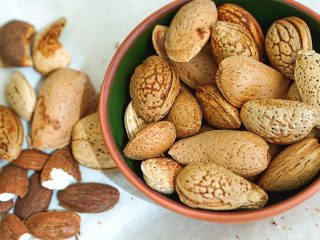The delectable gambilya fava puree has been showcased in Turin, Patmos, Foça, Milas, and Bodrum, has been featured on an Australian Food TV series, and got a place on the menu at a renowned Melbourne restaurant.
By Chris Drum Berkaya
Gambilya Fava was one of the traditional Bodrum foods selected and submitted by the Bodrum Slow Food Group to the international Slow Food event in Turin, the Terra Madre Salone del Gusto in September 2016, where 7000 members and representatives from 55 countries came to appreciate tastes and dishes, and the work of the producers who brought the experience of the field to the fork. The humble Bodrum fava that is common as a meze on many Bodrum tables and in local restaurants was presented as a traditional food made from a local variety of legumes, a type of vetch pea which is often mistakenly called a lentil or a bean.
Bodrum Gambilya is a locally grown pea slightly bigger but resembles lentils. It is also known as Bodrum bakla, kambilya or gambilya. It has a slightly lighter flavor than the broad bean or faba bean. The case for Gambilya Fava being a rare food, also saw its nomination to the Ark of Taste, the Slow Food International project collecting examples of small-scale production of foods around the world which may disappear in the next generation or two.
Deniz Kurtsan and Kısmet’s Orhan Dumanlı first represented Bodrum Slow Foods at Turin, taking 20 kilos of peksimet bread (featured in The Guide Bodrum 2016), and 10 kilos of gambilya to make and present to the tasting public in Turin in 2014, and on their return trip in September 2016, they were very happy to achieve the inclusion of gambilya fava in the Ark of Taste catalogue. Kurtsan said she was especially pleased as the fava puree itself is popular in Europe, as it is throughout the greater Mediterranean region. Successfully catching the attention of critics and judges with gambilya fava’s more delicate flavor was quite an achievement.
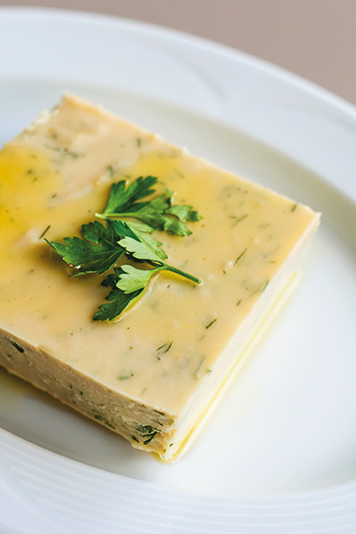
Bodrum Slow Food has also taken the dish to share with the Slow Food Foça food festivals Earth Day, and to the Greek island of Patmos in July 2015 for the Aegean Slow Food Festival. Many of the visitors and tasters there recognized and enjoyed the meze, as it is a variation of the traditional Greek dish made from fava beans.
The dish has slowly been catching Turkish food writers’ attention over the last few years as it is regularly offered as an alternative to the classic Fava meze, made from Faba or broad beans, in restaurants around Bodrum, with those writers and bloggers going on to describe the dish and publishing their own recipes online.
One of the more celebrated versions of the gambilya fava mezze can be found at the notorious Komodor restaurant in the Kumbahçe area of Bodrum. Kunduz was sought out by Australian chef Shane Delia for his traveling foods discovery television series Shane Delia’s Spice Journey Turkey in which he featured original dishes from various parts of Turkey then recreated them with a modern twist back in his well-known restaurant, Maha, in Melbourne. The Bodrum segment included Delia working with Kunduz to create several of the Bodrum chef’s mezzes, including gambilya fava. Back in Melbourne Delia added a generous dose of truffle oil to embellish the dish instead of Kunduz’s caramelized onions. Kunduz continues to cater to the demand for his gambilya fava and his other popular mezzes at his new food venture Krema ve Yoghurt in The Avenue shopping Mall in Konacık.
Slow Food Bodrum co-ordinator Deniz Kurtsan is both pleased with the greater appreciation for Gambilya Fava in Bodrum, but also rueful, as she said the price of the Gambilya peas in the local producer’s market and weekly markets have more than doubled since the showcasing of the dish abroad. The positive side, as another Slow Food member Aslihan Mutlu points out, is that Mumcular and Milas growers will still grow it in their fields and continue the tradition.
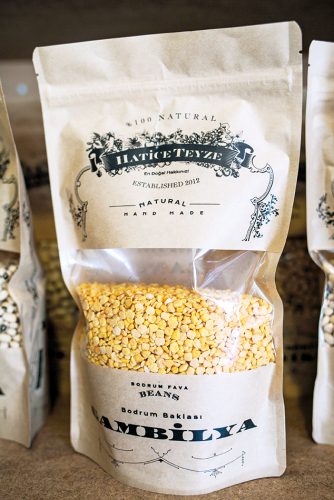
Ark of Taste’s nomination text of gambilya
The Cyprus vetch (Lathyrus ochrus), or gambilya as it is called in Turkey, is a high-protein legume that is used in its dried form and is native to eastern Turkey. The bitter green leaves of the fresh plant can also be eaten. The split, yellow beans are found inside a brown pod and can easily be mistaken for yellow lentils, although it is more closely related to peas and has a square-like shape as opposed to round lentils. It is grown for human consumption in a much smaller volume than other species from the same genus.
This nutritious food is often made into a soup such as louvana soup, but a more elaborate way of eating it is making the mezze known as fava. Fava is prepared by soaking the gambilya in water and then frying it with onions, garlic, sugar, and salt. It is then boiled until soft and then pureed along with a bit of lemon juice. Locals also eat gambilya with breakfast.
It is very difficult to remove the pods from the plant since it has needles. It is four times more expensive than normal fava beans with which the fava mezze described above is also made. It is sold locally in the Milas and Bodrum area of Turkey, but it is uncertain exactly in what quantities. Although in the past people had the patience to harvest and peel the pods, younger generations are not interested in this work, and since the price is very high compared to other legumes, every year fewer people cultivate and purchase them.


